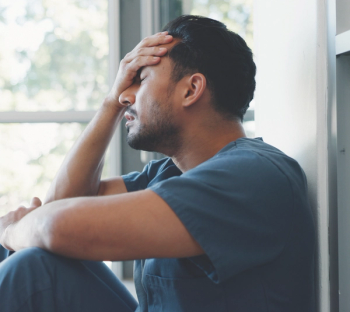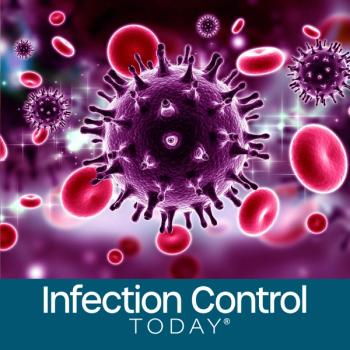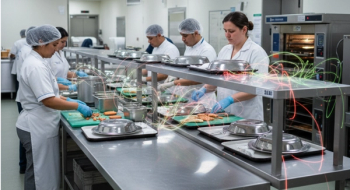
Researchers Find That Myth of Disease Threat Posed by Dead Bodies After Natural Disasters is Unfounded
Fears that dead bodies will spread infection and disease following natural disasters are largely baseless, and simply serve to prolong the suffering of surviving friends and family members, according a scientific article published recently.
The article, which provides the first ever comprehensive review of this subject, appears in the May 2004 issue of the "Revista Panamericana de Salud Pública/Pan American Journal of Public Health," a peer-reviewed journal published monthly by the Pan American Health Organization (PAHO).
`There is no evidence that, following a natural disaster, dead bodies pose a risk of epidemics', says Oliver Morgan, of the London School of Hygiene and Tropical Medicine, who is author of the article and who has worked with the disaster-assistance groups Oxfam and Médecins Sans Frontières (Doctors Without Borders) in Latin America, India, Africa, and the Balkans.
Historically, epidemics resulting in mass casualties have only occurred from a few diseases, including plague, cholera, typhoid, tuberculosis, anthrax, and smallpox. However, such infections are no more likely to be present in disaster victims than in the general population. In addition, while some of these diseases are highly infectious, they are unable to survive for long in the human body after death occurs. It is therefore unlikely that such epidemics will result from contact with a cadaver. Instead, notes the article, "it is far more likely that survivors will be a source of disease outbreaks."
Morgan conducted a thorough search for previous articles relating to natural disasters, the possibility of dangers to survivors and to persons who handle cadavers, and the proper care and disposal of bodies.
While the risks for rescue workers who handle dead bodies are higher than for the survivors of a disaster, they can be limited through a set of simple measures. Appropriate precautions include training military personnel and others who might have to provide assistance after a disaster, vaccinating those persons against hepatitis B and tuberculosis, using body bags and disposable gloves, washing hands after handling cadavers, and disinfecting stretchers and vehicles that have been used to transport bodies.
Unjustified worries about the infectiousness of bodies can lead to the rapid, unplanned disposal of the dead, sometimes before proper identification of the victim has been made, as well as to taking needless `precautions' such as burying the deceased in common graves and adding chlorinated lime as a disinfectant.
Disposal of bodies should respect local custom and practice where possible. When there are large numbers of victims, burial is likely to be the most appropriate method of disposal. There is little evidence that proper burial of bodies poses a threat to groundwater that serves as a source of drinking water.
There are various explanations for why unnecessary steps are taken after natural disasters, according to an editorial that accompanies the article. While respect for the dead is a value deeply ingrained in all cultures and religions, "it can be difficult to separate respect for the deceased from the deep fear of death itself that is common to all human beings," the editorial notes.
Public officials, perhaps under pressure from misleading media reports on the supposed dangers from cadavers, can take unwarranted measures that leave survivors in doubt as to the whereabouts of a family member and make it harder for them to mourn their loss. When bodies are not identified, a surviving spouse or child can be left in a legal limbo.
"The problem," says the editorial, "is not anymore and perhaps has never been one of a lack of knowledge by epidemiologists and scientists. The issue is how those informed health professionals can and should stand up to the pressure of public opinion and protect the rights of the survivors when fears of the unknown are running rampant and officials seek an easy way to alleviate them."
References:
1. Morgan O. Infectious disease risks from dead bodies following natural disasters. Rev Panam Salud Publica. 2004;15(5)
2. de Ville de Goyet C. Epidemics caused by dead bodies: a disaster myth that does not want to die. Rev Panam Salud Publica. 2004; 15(5): Claude de Ville de Goyet, an international health consultant who directed the Emergency Preparedness and Disaster Relief Program of the Pan American Health Organization (PAHO) for 25 years.
The full text of the English-language review article and the editorial can be viewed for free in PAHO's Online Bookstore at http://publications.paho.org.
Source: University of London School of Hygiene and Tropical Medicine
Newsletter
Stay prepared and protected with Infection Control Today's newsletter, delivering essential updates, best practices, and expert insights for infection preventionists.






